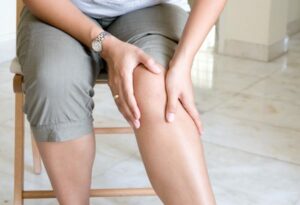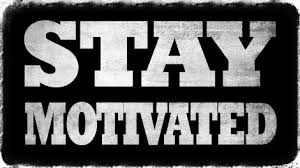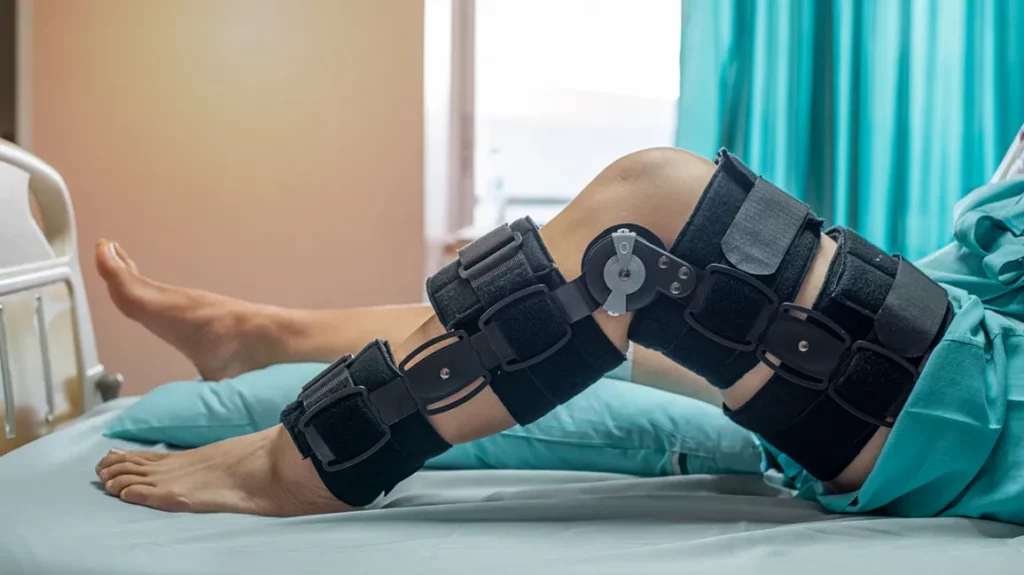If you have recently torn your ACL, you may be wondering what the recovery process will entail. How long will it take? What should you expect during the healing process? In this blog post, we will outline the typical ACL recovery timeline and offer some tips on how to speed up the healing process.
Contents
What Is The ACL Recovery Timeline?
 ACL is an abbreviation for Anterior Cruciate Ligament, a crucial part of the knee joint that helps keep it stable. When an ACL is torn, there are three main stages of recovery: protection, healing, and rehabilitation.
ACL is an abbreviation for Anterior Cruciate Ligament, a crucial part of the knee joint that helps keep it stable. When an ACL is torn, there are three main stages of recovery: protection, healing, and rehabilitation.
The Protection Phase
Immediately after an ACL tear diagnosis, the first step in the recovery timeline is to protect the knee. This is done by wearing a brace or using crutches to reduce movement and weight-bearing in order to keep the ligament safe while it heals. It also helps prevent further injury and swelling, allowing time for rest and healing.
The Healing Phase
During this stage, the body begins repairing itself. The ligament starts healing by forming scar tissue around the injury site. This scar tissue strengthens over time, helping to hold the ACL together. It typically takes between 6-12 weeks for a torn ACL to heal. More often, in this stage, the patient’s activity level is gradually increased to start rehabilitation exercises.
The Rehabilitation Phase
This phase of recovery focuses on regaining strength and range of motion in the knee. During this stage, physical therapy typically becomes part of the recovery timeline as it helps build stability and reduce pain/swelling. Exercises will likely focus on stretching, strengthening the muscles around the knee, and balance training. Depending on the severity of the tear, this stage can take several weeks or months to complete.
These three types of ACL recovery timeline phases together can take anywhere from 3 to 6 months. However, there are ways to speed up the recovery process. If you’re looking to get back on your feet as soon as possible, there are ways. Just be sure to relax and take it slow as too much strain can cause a second ACL tear.
What Can You Expect From The Recovery Timeline?
 When it comes to recovering from an ACL injury, the recovery timeline can vary greatly. In general, most people can expect to be out of action for at least three months. But in some cases, recovery could take up to a year or longer depending on the severity of the injury and how well you adhere to your rehabilitation plan.
When it comes to recovering from an ACL injury, the recovery timeline can vary greatly. In general, most people can expect to be out of action for at least three months. But in some cases, recovery could take up to a year or longer depending on the severity of the injury and how well you adhere to your rehabilitation plan.
During this time, the first step is to reduce swelling and pain with rest, ice, compression, and elevation (RICE) techniques. You’ll also be given exercises to help strengthen nearby muscles and prevent further injury. After approximately four weeks of healing, you can begin physical therapy focusing on stretching, strength-building, and improving your range of motion.
The things to expect during recovery include:
- Pain relief with RICE techniques
- Exercises to strengthen surrounding muscles
- Physical therapy focuses on stretching, strength-building, and range of motion
- Progressively more difficult exercises as you regain strength and mobility
- Return to normal physical activity after your doctor clears it
Recovering from an ACL injury can be a long, arduous process. It’s important to remember that each person’s body and rate of healing are different and that it’s normal for recovery to take up to a year or longer.
Be patient with yourself and focus on following the rehabilitation program created by your doctor. With proper rest, exercise, and rehab strategies, you can get back to your usual activity level in no time.
How Can You Speed The Recovery Process?
When it comes to ACL recovery, it’s important to understand that not all cases are the same and there is no one-size-fits-all approach. It can take anywhere from 6 to 12 months for most people to make a full recovery following an ACL tear. There are several things that can help to speed up recovery and get you back to your regular activities more quickly. These are:
Follow doctor’s orders
One of the important things to remember is to follow your doctor’s orders. This includes taking any medications prescribed, attending physical therapy sessions, and following the rehabilitation guidelines set out for you.
Strengthen leg muscles
Another thing to speed up the recovery process is to strengthen the leg muscles, particularly those around the knee. Strengthening these muscles can help reduce pain and swelling and make it easier for you to move your knee more freely. For example, you can do exercises like squats, leg presses and calf raises.
Eat a healthy diet
Eating a balanced and nutritious diet can also help with ACL recovery. Eating plenty of fresh fruits and vegetables, lean proteins, whole grains, and healthy fats can provide your body with the nutrients it needs to repair itself more efficiently.
Rest when needed
Also, you should make sure to get plenty of rest when needed. This will give your body the chance to heal and recover faster. Taking breaks throughout the day can help keep your knee from becoming sore or stiff. More often than not, it’s best to take a day or two off from physical activity if you feel any pain.
Stay motivated
 Finally, it’s important to stay motivated and positive throughout the recovery process. The road to recovery can be long, but with patience and dedication to your therapy, you can make a full recovery. It’s also helpful to have supportive family and friends who can encourage you along the way.
Finally, it’s important to stay motivated and positive throughout the recovery process. The road to recovery can be long, but with patience and dedication to your therapy, you can make a full recovery. It’s also helpful to have supportive family and friends who can encourage you along the way.
By following these tips, you can help speed up the ACL recovery timeline and get back to doing the activities you enjoy faster. However, it’s important to remember that everyone is different, so it’s best to talk to your doctor about what strategies will work best for you. With their help, you can get on the road to recovery and back to living an active lifestyle in no time.
Conclusion
In conclusion, the ACL recovery timeline is a guideline that helps patients understand the recovery timeline for their particular knee injury and provides useful information about what to expect during each stage of the healing process. While there is no definitive timeline for ACL recovery, it can give you an idea of how long it could take for your knee to heal.
It’s important to remember that everyone heals at a different rate and that the timeline may vary depending on your individual situation. Taking care of yourself is key when it comes to recovering from an ACL injury and following your doctor’s instructions can help you reach optimal recovery.
Physical Therapy has always been proven to help patients recover from pain. Hence, if you’re experiencing Back pain, Shoulder pain, Knee pain, Neck pain, Elbow pain, Hip pain, or Arthritis pain, a physical therapist at MantraCare can help: Book a physiotherapy session.


